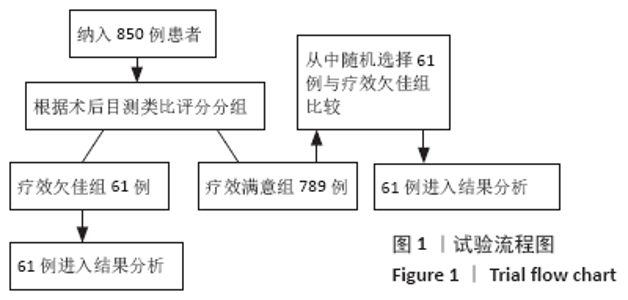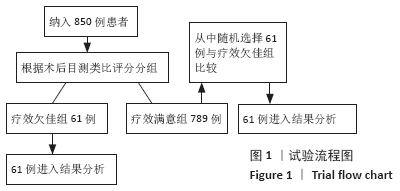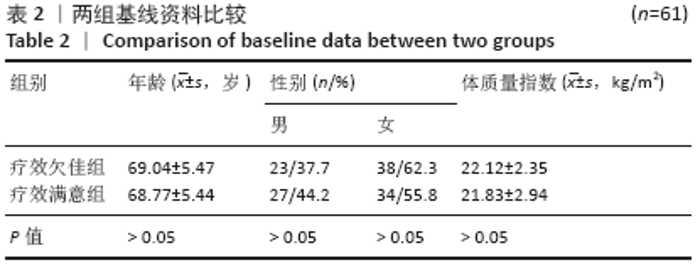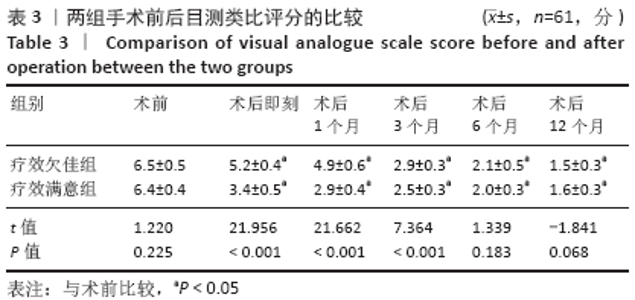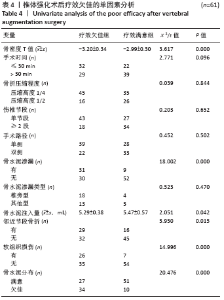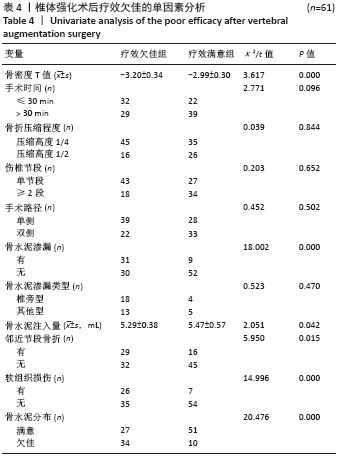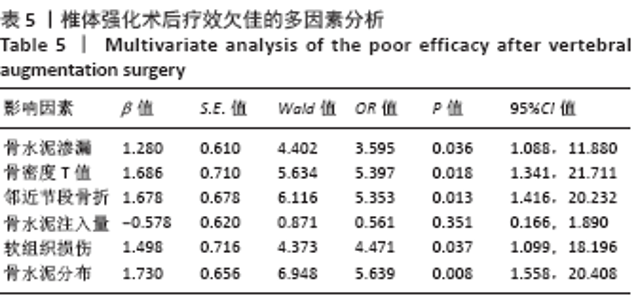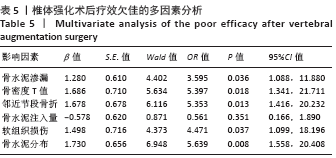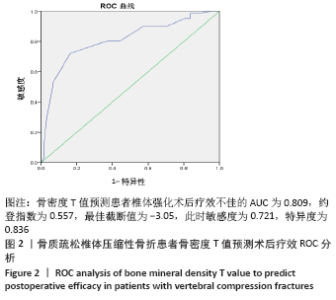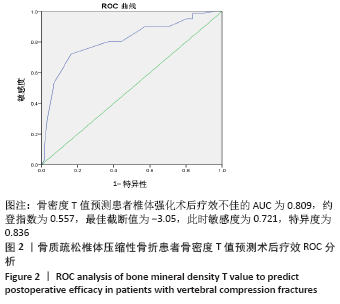[1] MUSBAHI O, ALI AM, HASSANY H, et al. Vertebral compression fractures. Br J Hosp Med (Lond). 2018;79(1):36-40.
[2] 中华医学会骨质疏松和骨矿盐疾病分会.中国骨质疏松症流行病学调查及“健康骨骼”专项行动结果发布[J].中华骨质疏松和骨矿盐疾病杂志,2019,12(4):317-318.
[3] 中国医师协会骨科学分会脊柱创伤专业委员会.急性症状性骨质疏松性胸腰椎压缩骨折椎体强化术临床指南[J].中华创伤杂志, 2019,35(6):481-489.
[4] KAMANO H, HIWATASHI A, KOBAYASHI N, et al. New vertebral compression fractures after prophylactic vertebroplasty in osteoporotic patients. AJR Am J Roentgenol. 2011;197(2):451-456.
[5] LIN CC, SHEN WC, LO YC, et al. Recurrent pain after percutaneous vertebroplasty. AJR Am J Roentgenol. 2010;194(5):1323-1329.
[6] ZARGHOONI K, SIEWE J, KAULHAUSEN T, et al. Complications of vertebroplasty and kyphoplasty in the treatment of vertebral fractures: results of a questionnaire study. Acta Orthop Belg. 2012;78(4): 512-518.
[7] YAN L, JIANG R, HE B, et al. A comparison between unilateral transverse process-pedicle and bilateral puncture techniques in percutaneous kyphoplasty. Spine (Phila Pa 1976) 2014;39(26 Spec No.):B19-26.
[8] LILIANG PC, LU K, SHEN SH. Persistent back pain after percutaneous vertebroplasty. Pain Med. 2015;16(3):554-555.
[9] FU Z, HU X, WU Y, et al. Is There a Dose-Response Relationship of Cement Volume With Cement Leakage and Pain Relief After Vertebroplasty? Dose Response. 2016;14(4):1559325816682867.
[10] YAN Y, XU R, ZOU T. Is thoracolumbar fascia injury the cause of residual back pain after percutaneous vertebroplasty? A prospective cohort study. Osteoporos Int. 2015;26(3):1119-1124.
[11] YANG JS, LIU JJ, CHU L, et al. Causes of Residual Back Pain at Early Stage After Percutaneous Vertebroplasty: A Retrospective Analysis of 1,316 Cases. Pain Physician. 2019;22(5):E495-e503.
[12] FRIBOURG D, TANG C, SRA P, et al. Incidence of subsequent vertebral fracture after kyphoplasty. Spine (Phila Pa 1976). 2004;29(20): 2270-2276.
[13] BROWN C. Osteoporosis: Staying strong. Nature. 2017; 550(7674): S15-s17.
[14] MCCLUNG MR. The relationship between bone mineral density and fracture risk. Curr Osteoporos Rep. 2005;3(2):57-63.
[15] YOKOYAMA K, KAWANISHI M, YAMADA M, et al. Postoperative change in sagittal balance after Kyphoplasty for the treatment of osteoporotic vertebral compression fracture. Eur Spine J. 2015;24(4):744-749.
[16] LI YX, GUO DQ, ZHANG SC, et al. Risk factor analysis for re-collapse of cemented vertebrae after percutaneous vertebroplasty (PVP) or percutaneous kyphoplasty (PKP). Int Orthop. 2018;42(9):2131-2139.
[17] ECK JC, NACHTIGALL D, HUMPHREYS SC, et al. Comparison of vertebroplasty and balloon kyphoplasty for treatment of vertebral compression fractures: a meta-analysis of the literature. Spine J. 2008; 8(3):488-497.
[18] ZHAN Y, JIANG J, LIAO H, et al. Risk Factors for Cement Leakage After Vertebroplasty or Kyphoplasty: A Meta-Analysis of Published Evidence. World Neurosurg. 2017;101:633-642.
[19] LIN EP, EKHOLM S, HIWATASHI A, et al. Vertebroplasty: cement leakage into the disc increases the risk of new fracture of adjacent vertebral body. AJNR Am J Neuroradiol. 2004;25(2):175-180.
[20] RHO YJ, CHOE WJ, CHUN YI. Risk factors predicting the new symptomatic vertebral compression fractures after percutaneous vertebroplasty or kyphoplasty. Eur Spine J. 2012;21(5):905-911.
[21] MARAMATTOM BV. Extraosseous cement leakage after vertebroplasty producing intractable low back pain. Neurol India. 2017;65(2):375-376.
[22] XIE W, JIN D, MA H, et al. Cement Leakage in Percutaneous Vertebral Augmentation for Osteoporotic Vertebral Compression Fractures: Analysis of Risk Factors. Clin Spine Surg. 2016;29(4):E171-176.
[23] REN H, SHEN Y, ZHANG YZ, et al. Correlative factor analysis on the complications resulting from cement leakage after percutaneous kyphoplasty in the treatment of osteoporotic vertebral compression fracture. J Spinal Disord Tech. 2010;23(7):e9-15.
[24] WANG C, ZHANG X, LIU J, et al. Percutaneous kyphoplasty: Risk Factors for Recollapse of Cemented Vertebrae. World Neurosurg. 2019; 130e307-e15.
[25] 彭科军.腰背部软组织损伤对胸腰椎骨质疏松性椎体压缩骨折行PKP术后疼痛缓解及下地活动时间的影响[J].颈腰痛杂志,2018, 39(5):606-609.
[26] 徐人杰,朱国清,蔡小强,等.椎体成形术后残留腰背痛与腰背筋膜损伤的相关性研究[J].中国骨与关节外科,2012,5(5):389-393.
[27] YUAN WH, HSU HC, LAI KL. Vertebroplasty and balloon kyphoplasty versus conservative treatment for osteoporotic vertebral compression fractures: A meta-analysis. Medicine (Baltimore). 2016;95(31):e4491.
[28] 贺宝荣,许正伟,郝定均,等.骨水泥在骨质疏松性骨折椎体内分布状态与生物力学性能的关系[J]. 中华骨科杂志,2012,32(8): 768-773.
[29] 谢华,李继春,何劲,等.骨水泥分布对椎体成形手术后疗效影响的研究[J].中华骨科杂志,2017,37(22):1400-1406.
[30] YE LQ, LIANG D, JIANG XB, et al. Risk Factors for the Occurrence of Insufficient Cement Distribution in the Fractured Area after Percutaneous Vertebroplasty in Osteoporotic Vertebral Compression Fractures. Pain Physician. 2018; 21(1):E33-e42.
[31] HE D, LOU C, YU W, et al. Cement Distribution Patterns Are Associated with Recompression in Cemented Vertebrae After Percutaneous Vertebroplasty: A Retrospective Study. World Neurosurg. 2018; 120e1-e7.
[32] ZHU RS, KAN SL, NING GZ, et al. Which is the best treatment of osteoporotic vertebral compression fractures: balloon kyphoplasty, percutaneous vertebroplasty, or non-surgical treatment? A Bayesian network meta-analysis. Osteoporos Int. 2019;30(2):287-298.
[33] HE SC, TENG GJ, DENG G, et al. Repeat vertebroplasty for unrelieved pain at previously treated vertebral levels with osteoporotic vertebral compression fractures. Spine (Phila Pa 1976). 2008;33(6):640-647.
[34] CHEN LH, HSIEH MK, LIAO JC, et al. Repeated percutaneous vertebroplasty for refracture of cemented vertebrae. Arch Orthop Trauma Surg. 2011;131(7):927-933.
[35] NIEUWENHUIJSE MJ, BOLLEN L, VAN ERKEL AR, et al. Optimal intravertebral cement volume in percutaneous vertebroplasty for painful osteoporotic vertebral compression fractures. Spine (Phila Pa 1976). 2012;37(20):1747-1755.
[36] ZHU SY, ZHONG ZM, WU Q, et al. Risk factors for bone cement leakage in percutaneous vertebroplasty: a retrospective study of four hundred and eighty five patients. Int Orthop. 2016;40(6):1205-1210.
[37] 贺宝荣,刘鹏,许正伟,等. 注射不同容量骨水泥病椎运动时上下终板应力的变化[J].中华创伤杂志,2013,29(12):1210-1214.
|
